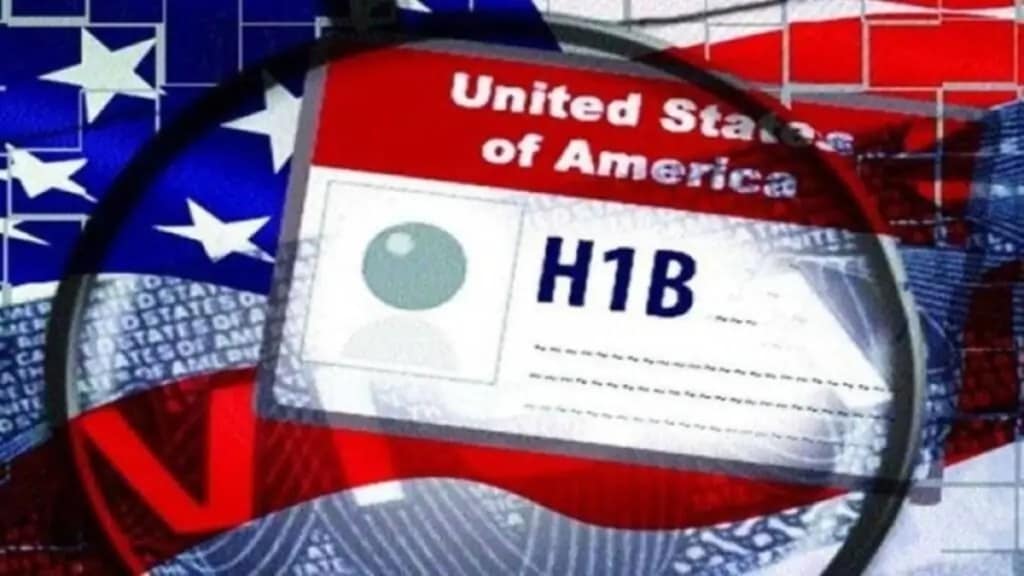The opposition to foreign workers is growing in America. In the US, there is a growing consensus among Americans that the H-1B program, which is designed to hire foreign workers, is being abused to keep American workers out of jobs.
US authorities have taken several steps and are expected to soon modify the selection process of H-1B visas.
At the same time, several lawmakers have introduced bills aimed at restricting legal immigration of foreign workers into America.
In an X post, Congressman Riley M. Moore writes, “The H-1B program has been grossly abused to undercut the American worker and replace domestic talent with foreign workers.
House Appropriations passed my amendment pushing back on the false STEM workforce shortage claims used to import foreign workers. The amendment directs the U.S. Department of Labor to examine the H-1B and Schedule A list and provide a report on how these programs harm the American worker.”
Recently, Republican Sen. Eric Schmitt of Missouri on X wrote, “The H-1B visa was sold as a way to keep America competitive. Instead, it imported millions of foreign nationals to replace American workers–and transferred entire industries into the lands of foreign lobbies.”
STEM Workforce
STEM refers to students enrolling in Science, Technology, Engineering, and Math courses or holding STEM degrees. The case put forth in favour of H-1B visas is that fewer American workers are holding STEM degrees, thus the need to hire them from abroad.
According to a recent Boundless study, a record 1,65,524 total students participated in STEM Optional Practical Training (OPT) in 2024. Of those, 95,384 received new STEM OPT authorizations, primarily from India (48%) and China (20.4%). 95,384 students with work permits through STEM (science, technology, engineering, and math) OPT shows a 54% increase in just one year.
Department of Labor
The H-1B visa category is a temporary visa program that allows American companies to employ highly educated foreign professionals to work in ‘specialty occupations’ requiring at least a bachelor’s degree or the equivalent. Jobs in subjects like mathematics, engineering, technology, and medical sciences qualify for H-1B visas.
The U.S. Department of Labor (DOL) oversees the H-1B visa program by certifying Labor Condition Applications (LCAs).
Employers must attest to the Department of Labor that they will pay wages to the H-1B nonimmigrant workers that are at least equal to the actual wage paid by the employer to other workers with similar experience and qualifications for the job in question, or the prevailing wage for the occupation in the area of intended employment – whichever is greater.
For certain occupations, DOL has predetermined there are not sufficient U.S. workers who are able, willing, qualified, and available for jobs. These occupations are referred to as Schedule A occupations.
What’s Changing for H-1B Visa
Recently, a proposal has been floated by US authorities to establish a wage-based allocation process and select the H-1B candidates based on their wages – the higher the salary offered by the US firm, the higher the chance of getting an H-1B Visa. This means the chances of a low-wage foreign worker getting an H-1B visa will diminish.

